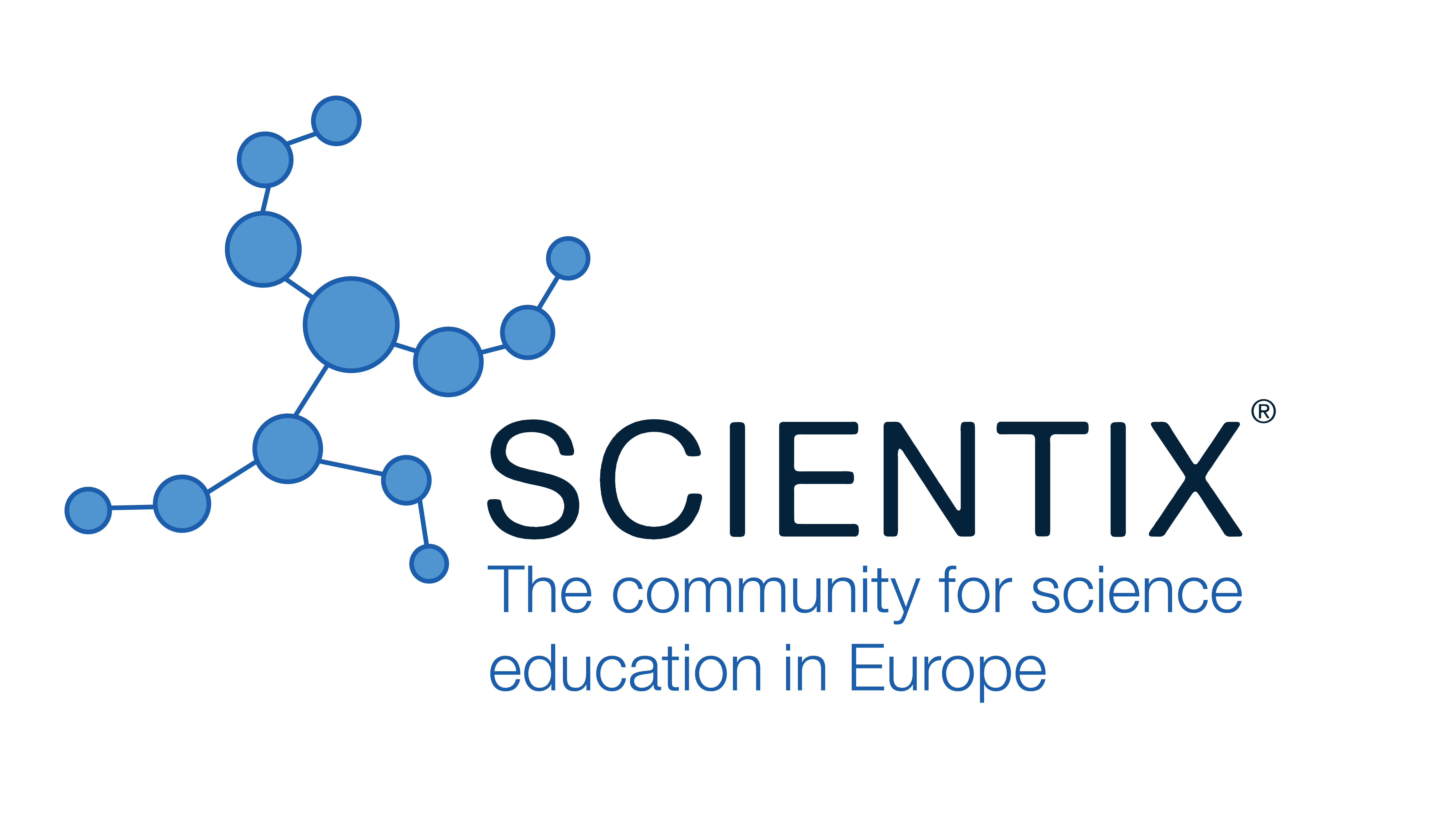Pros and Cons of Using the Case Method to Supplement TOEIC Instruction
Niculina Nae, Nagoya University of Commerce and Business (Japan)
Abstract
This paper examines the efficacy of the case method as a supplementary instructional approach for Teaching of English for International Communication (TOEIC) preparation. The case method, traditionally utilized in business and law education, involves the use of real-world scenarios to enhance critical thinking, problem-solving, and language application skills. This study evaluates both the advantages and disadvantages of integrating case studies into TOEIC curricula.
Pros: The TOEIC test assesses non-native English speakers' proficiency in an international business environment. While traditional instruction focuses on language mechanics and test-taking strategies, incorporating the case method may offer a more holistic learning experience. This method encourages active learning, contextual language use, and engagement with complex texts. In addition, the case method enhances students' ability to apply language skills in practical, real-world situations, which is crucial for TOEIC success. It promotes critical thinking and collaborative learning, as students analyze cases, propose solutions, and discuss outcomes in groups. Additionally, it can increase student motivation and interest, making learning more dynamic and interactive [1].
Cons: The case method may present challenges, such as the need for extensive preparation by instructors and potential difficulty in aligning case content with specific TOEIC test components. It may also require more classroom time than traditional methods, which can be a limitation in time-constrained instructional settings [2], [3].
While the case method has potential benefits for TOEIC instruction, its implementation must be carefully planned to address its limitations. Future research should focus on empirical studies to measure its effectiveness and develop best practices for integrating case studies into TOEIC preparation courses.
Keywords: TOEIC, case method, English language instruction, test preparation, educational strategies
References
 Innovation in Language Learning
Innovation in Language Learning





























